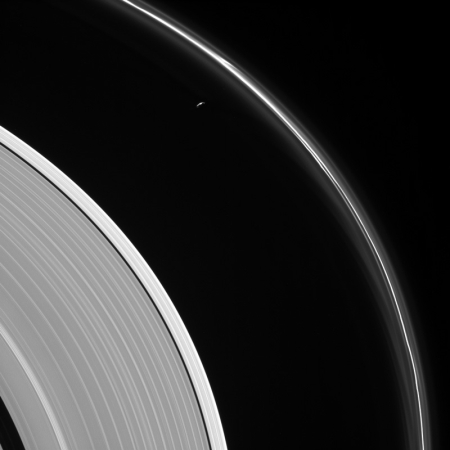SpaceX postpones Mars Dragon missions
Based on statements from one NASA official, it appears that SpaceX has put its plans to fly a Dragon capsule to Mars on “the back burner.”
Jim Green, head of NASA’s planetary science division, told Spaceflight Now in an interview that SpaceX has told the agency that it has “put Red Dragon back on the back burner.”
“We’re available to talk to Elon when he’s ready to talk to us … and we’re not pushing him in any way,” Green said. “It’s really up to him. Through the Space Act Agreement, we’d agreed to navigate to Mars, get him to the top of the atmosphere, and then it was up to him to land. That’s a pretty good deal, I think.”
It is my impression that, because NASA has forced SpaceX to give up on propulsive landing of its Dragon manned capsules, the company cannot afford to invest the time and money on it themselves, and thus do not have a method yet for landing a Dragon on Mars. Thus, they must postpone this program.
Based on statements from one NASA official, it appears that SpaceX has put its plans to fly a Dragon capsule to Mars on “the back burner.”
Jim Green, head of NASA’s planetary science division, told Spaceflight Now in an interview that SpaceX has told the agency that it has “put Red Dragon back on the back burner.”
“We’re available to talk to Elon when he’s ready to talk to us … and we’re not pushing him in any way,” Green said. “It’s really up to him. Through the Space Act Agreement, we’d agreed to navigate to Mars, get him to the top of the atmosphere, and then it was up to him to land. That’s a pretty good deal, I think.”
It is my impression that, because NASA has forced SpaceX to give up on propulsive landing of its Dragon manned capsules, the company cannot afford to invest the time and money on it themselves, and thus do not have a method yet for landing a Dragon on Mars. Thus, they must postpone this program.





